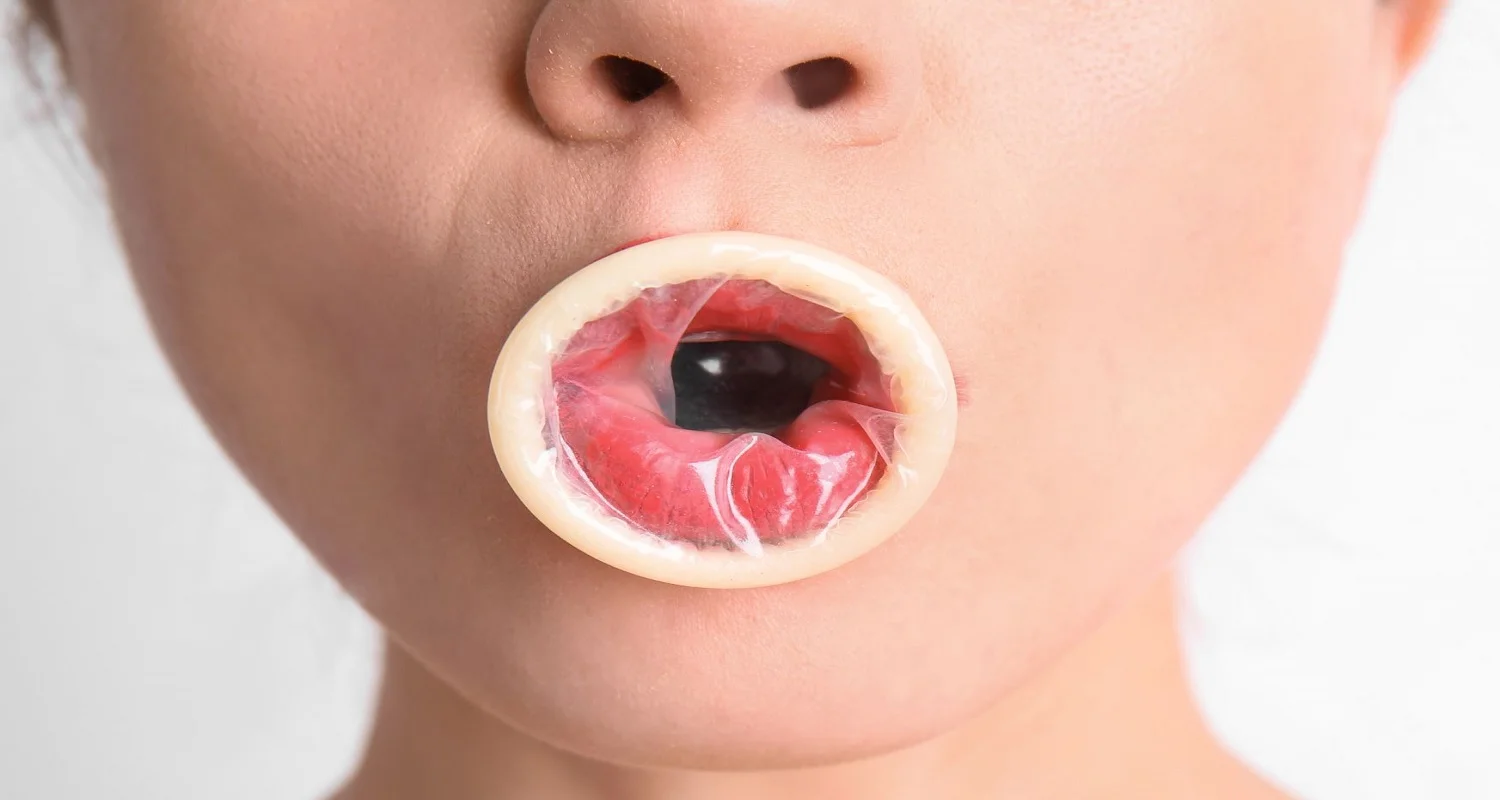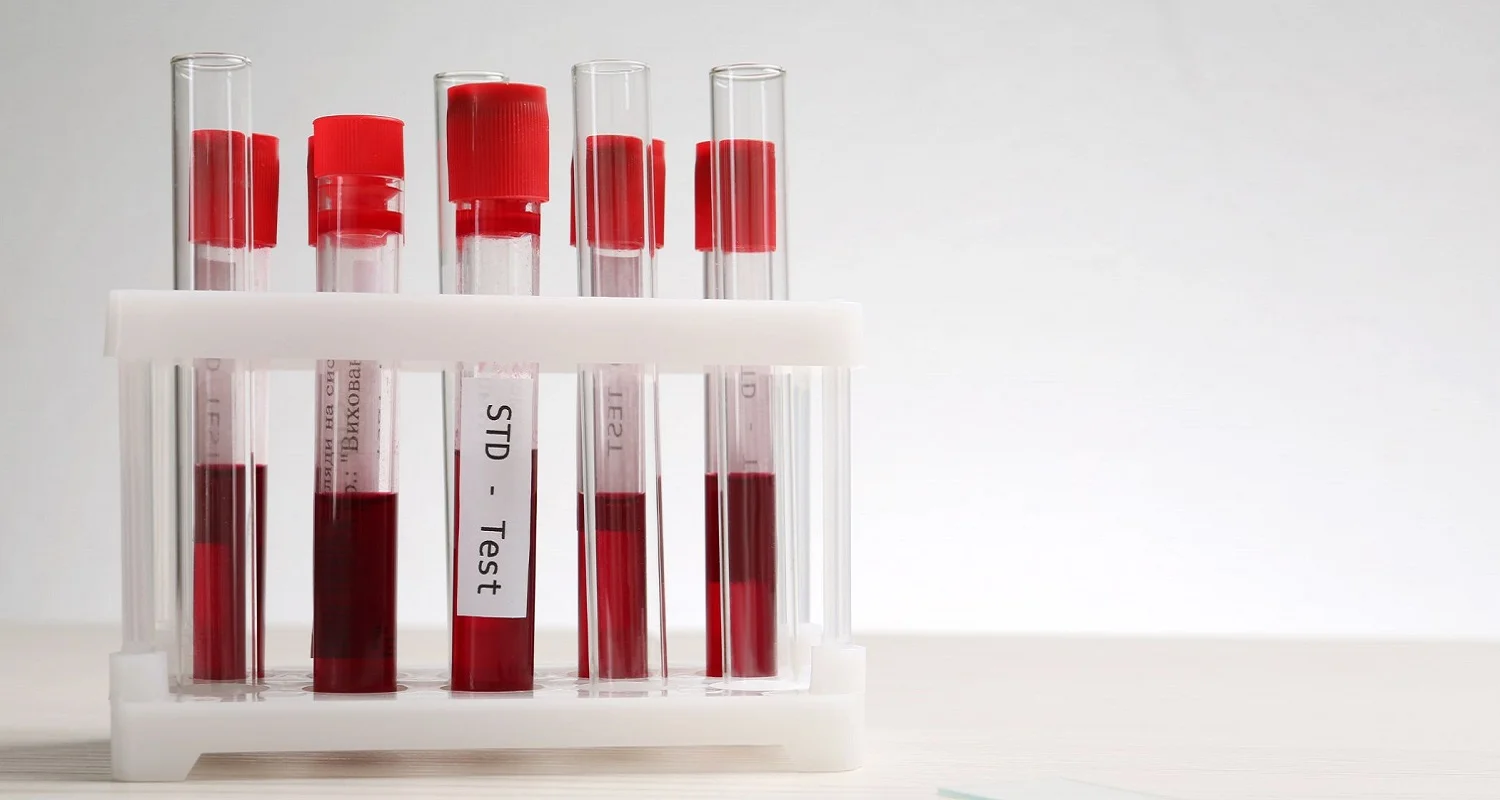Last Updated on: 11th December 2025, 10:50 am
Silent Intruders: The Truth About STDs Of The Mouth
Sexually transmitted diseases that affect the mouth, often overlooked, are a crucial concern. As the World Health Organization notes, over one million people contract an STD every day. Even more concerning, most cases of STDs of the mouth go undetected due to a lack of obvious symptoms.
Many of these infections are transmitted during oral sex practices, which can have a significant impact on the oral and general health of those who suffer from them. In this article, we will explore this issue in detail, offering essential information about the symptoms, diagnosis, and prevention of these diseases.
What are Oral STDs?
An STD is an infection that can be contracted through sexual practices that involve the mouth and genital region, as well as through contact with the infected secretions of a person who carries the infection, which can occur by kissing or oral hygiene items. STDs affect the mouth, throat, and oral region, in general.
What are the Signs and Symptoms of STDs in the Mouth?
1. Syphilis in the mouth
Cause: Treponema pallidum bacteria
Symptoms:
• Swelling of the lymph nodes in the neck.
• In cases of primary syphilis or early stages of infection, single, deep ulcers may occur on the lips, tongue, or palate, with red edges.
• In cases of secondary syphilis or late stages of infection, the ulcers are more extensive and can be located on the palate, the inside of the cheeks, the pharynx, the gums, the tonsils, or the corners of the mouth.
2. Gonorrhea in the mouth
Cause: Bacteria Neisseria gonorrhea
Symptoms: People who get oral gonorrhea rarely have symptoms; and when they do, they are usually very similar to a common pharyngeal infection:
• Red throat
• Redness of lymph nodes in the neck
• Fever
3. Chlamydia in the mouth
Cause: Chlamydia trachomatis bacteria
Symptoms: Most people do not have oral symptoms; but when they occur, the infection can cause redness and pain in the throat or mouth.
4. HPV and oral infections
Cause: Human Papillomavirus (HPV).
Symptoms: Oral HPV infection has no symptoms. Typically, it takes years before a person suspects they have been infected with HPV. Some types of HPV can cause warts in the mouth, which may develop into oropharyngeal cancer. The most common signs and symptoms of oropharyngeal cancer are:
• Sore throat for more than 3 weeks
• Voice changes or hoarseness
• Swollen lymph nodes
• Red or whitish lesions on the tonsils
• Lumps on the neck
It is important to clarify that not all people infected with HPV develop oropharyngeal cancer.
What is the Treatment of STDs in the Mouth?
Management of STDs in the mouth varies depending upon the type of infection. It is important to remember that in all cases if you suspect an STI in the mouth or any area of the body, you should seek medical attention or a health professional immediately for proper diagnosis and appropriate treatment.
Depending upon the case, the health professional may prescribe medications such as antivirals or antibiotics. These pharmacological therapies must be followed strictly to obtain favorable results and to prevent the medications from losing effectiveness.
How to Prevent STDs in the Mouth?
Preventing STIs in the mouth is essential to maintaining optimal sexual and oral health. Here are some important measures to prevent the transmission of sexually transmitted diseases in the mouth:
1. Sexual abstinence: This is the most effective way to prevent STDs. However, this may not be an option for all people.
2. Use of protective barriers: Proper use of protective barriers during oral sex, such as condoms or dental dams, can significantly reduce the risk of STI transmission. Make sure you use them correctly and replace them if they break or damage.
3. Vaccination: There is a vaccine available to prevent HPV, which may help prevent some types of oral cancer related to this virus.
4. Communication with your partner: Talking openly with your partner about his or her sexual history and your own is crucial. The more knowledge you have, the better you will be able to make informed decisions about your sexual practices.
5. Pregular russets: Getting tested regularly for STDs is an important part of prevention. If you are sexually active, consult with a healthcare professional about recommended testing and appropriate frequency.
6. Avoid sex with infected people: If you know or suspect that your partner has an STI in their mouth, avoid sexual contact until it has been treated and is no longer contagious.
7. Do not share oral hygiene items: Sexually transmitted infections can also be spread by sharing oral hygiene items. For this reason, it is essential to avoid this practice.
8. Good oral hygiene: Maintaining good oral hygiene can help prevent some oral infections, such as oral thrush. Brushing your teeth and tongue, flossing, and using mouthwash regularly can be beneficial.
9. Limit the number of sexual partners: Reducing the number of sexual partners can decrease the risk of exposure to STDs. Having sex with a mutually exclusive partner who has been tested and is negative for STDs can reduce the risk.
10. Continuing education: Stay informed about STDs and their risks. Continuing education is key to making responsible decisions about sexual health.
Practicing Safe Oral Sex:
How to use a dental barrier correctly?
• Every time you have oral sex, use a new latex or polyurethane barrier.
• Check the expiration date.
• Read the instructions for use carefully.
• Check that it has no defects and handle it carefully so as not to break it.
• Place the barrier in the anal or vaginal area and keep it in place until the end, always keeping the same side in contact with the genital part.
• Try to use lubricants to reduce the risk of breaking the barrier.
• Store barriers in a cool, dry environment.
How to make a dental dam with a condom?
You don’t always have a barrier or mouthguard on hand, but there is the alternative of making one using a condom. Follow the next steps:
1. Take the condom out of its packaging and unfold it carefully, so as not to damage it.
2. Spread it out and trim the tip with scissors.
3. Then trim the edge of the base.
4. Now, make a longitudinal cut that allows you to open the condom and obtain a square of latex, similar to a dental dam.
Conclusion
• Oral STDs are a reality; they can cause serious oral and general health problems.
• There are various alternatives to avoid contagion by STDs, prevention is essential.
• If you have concerns or suspect that you have been exposed to an STI in your mouth, you should consult a health professional. The sooner an STD is detected and treated, the better the prognosis and management of the infection.
Frequently Asked Questions
What are common STDs in the mouth?
Sexually transmitted infections (STIs) commonly contracted through oral sex are:
-Gonorrhea.
-Genital herpes.
-Syphilis.
human Papillomavirus Virus (HPV).
How are oral STD tests performed?
Testing for oral and anal sexually transmitted infections can be quick and easy. Depending upon the type of sexually transmitted infection, you may need to provide a blood sample, have the affected area smeared, or provide a urine sample.
Are all STDs in the mouth curable?
While not all STDs are curable, they are treatable. Your dentist is an important part of your healthcare team. Learn how these infections can affect your mouth.
Is it easy to get an oral STD?
Herpes can spread easily during oral sex since it is transmitted through skin-to-skin contact and not just fluids. Other STDs, such as gonorrhea and chlamydia, can infect the throat. It is also possible to get or transmit syphilis, hepatitis B, and HPV in this way.
Share:
References
1. Bottaro, A. (Aug 10, 2022). How can you tell if you have oral syphilis? Verywell Health. https://www.verywellhealth.com/oral-syphilis-5271673
2. Santos-Longhurst, A. (Mar 8, 2019). Oral gonorrhea: Symptoms, transmission, treatment, prevention, more. Healthline. https://www.healthline.com/health/sexually-transmitted-diseases/oral-gonorrhea
3. Sexually transmitted diseases and your mouth. (s/f). Mouthhealthy.org. https://www.mouthhealthy.org/all-topics-a-z/sexually-transmitted-diseases
4. Sexually transmitted infections (STIs). (s/f). Who. int. de https://www.who.int/news-room/fact-sheets/detail/sexually-transmitted-infections-(stis)
5. Stacey, D. (Jun 27, 2009). The one tool you need for safe oral sex. Verywell Health. https://www.verywellhealth.com/what-are-dental-dams-906812


















